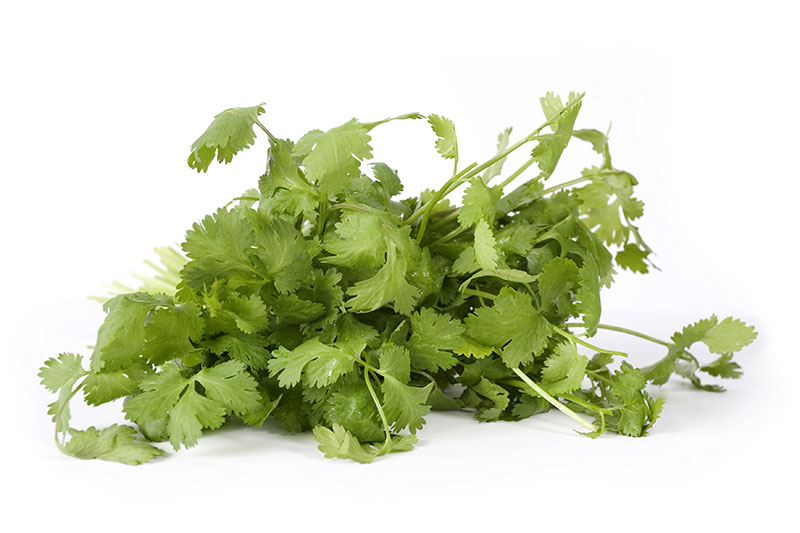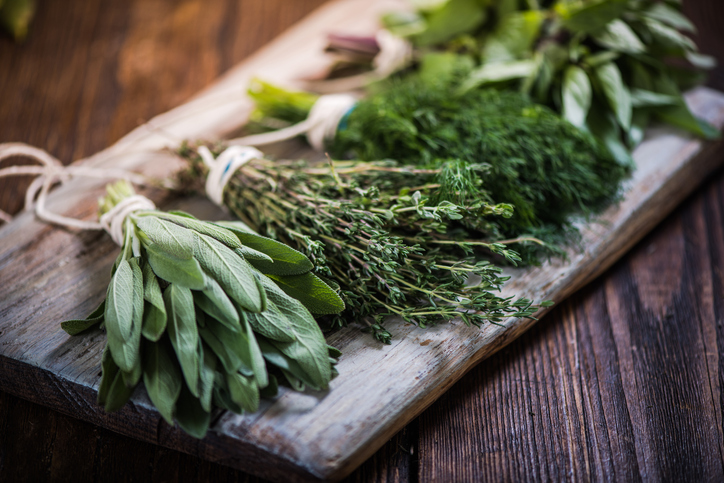Herbs, Cilantro

Availability:
| J | F | M | A | M | J | J | A | S | O | N | D |
Description:
Let’s take a timeout and talk about cilantro, (Coriandrum sativum). It’s unique. It’s polarizing. There is no middle ground on opinion, this is a love it or hate it herb. Due to a genetic trait, a lot of people don’t like that soapy taste…Julia Child didn’t like it, so don’t feel bad if you don’t, because you’ll be in good company.
Others really love that tart, herbaceous, grassy, lemony, floral, soapy flavor. But if you use too much, it can turn your dish bitter.
More uniquely, cilantro can be used as both an herb and a spice. The leaves in the stem are the herb, and the seed is sold as coriander, and even the roots are used as spices. In Thailand they prized the cilantro root as an integral ingredient in their famous curries. The root is a stronger flavor.
Other names for cilantro are Chinese parsley or coriander. The leaf shape and color is similar to parsley and it sometimes take a second look to avoid grabbing the wrong herb.
Recommended Storage
The recommended optimum storage temperature is 32° – 40°F. Their leaves are delicate, you don’t want to allow them to freeze, but keep them as cold as possible. Keep them covered, they are susceptible to wilting when allowed to dehydrate. With the exception of oregano and basil, we recommend you store all herbs in the coldest part of your cooler. The temperature fluctuates from the front to the back of the cooler due to the location of the cooling unit and frequency of the door being opened. Download our PDF for more cooler storage hints.
Check out what’s going on this week. For our latest market update, please see The FreshPress.
You can also click here to be notified when we post fresh new videos.


